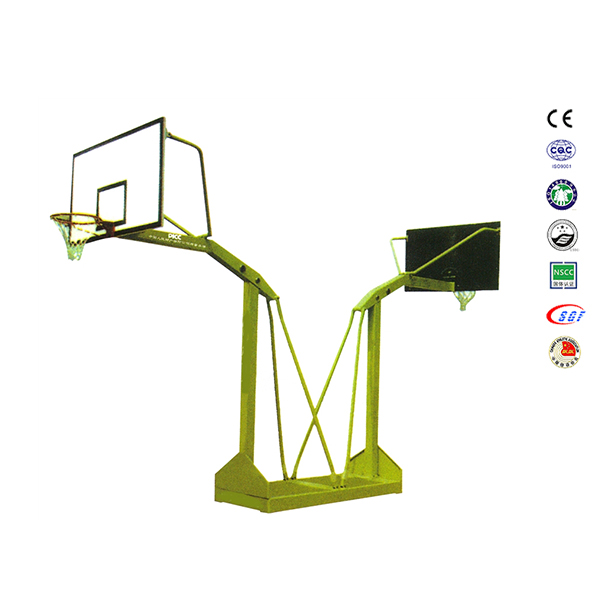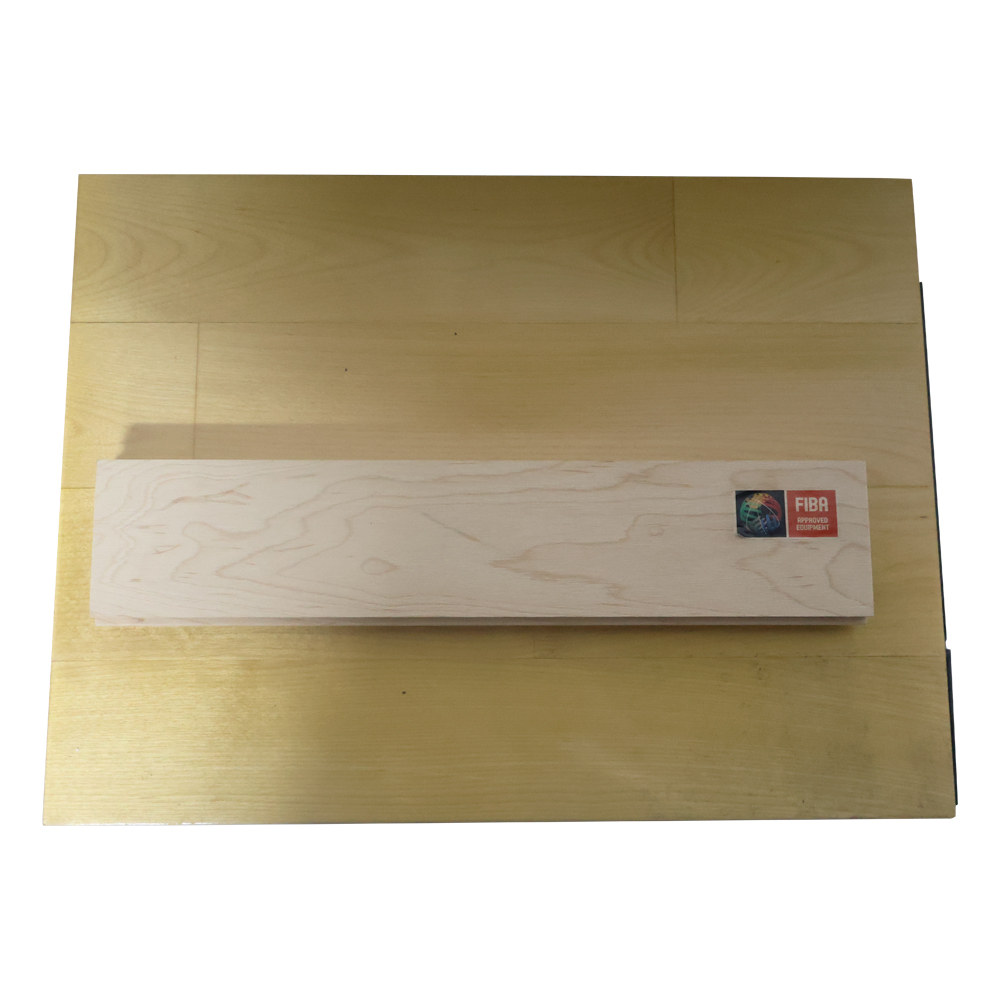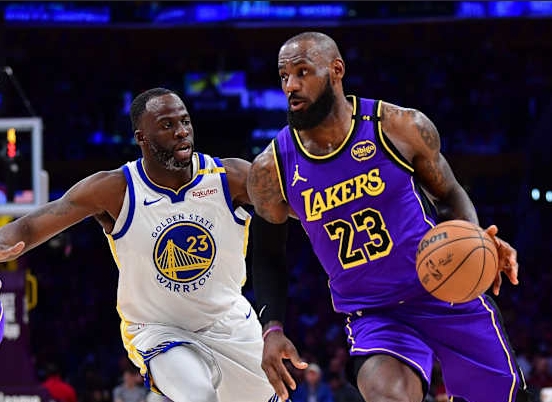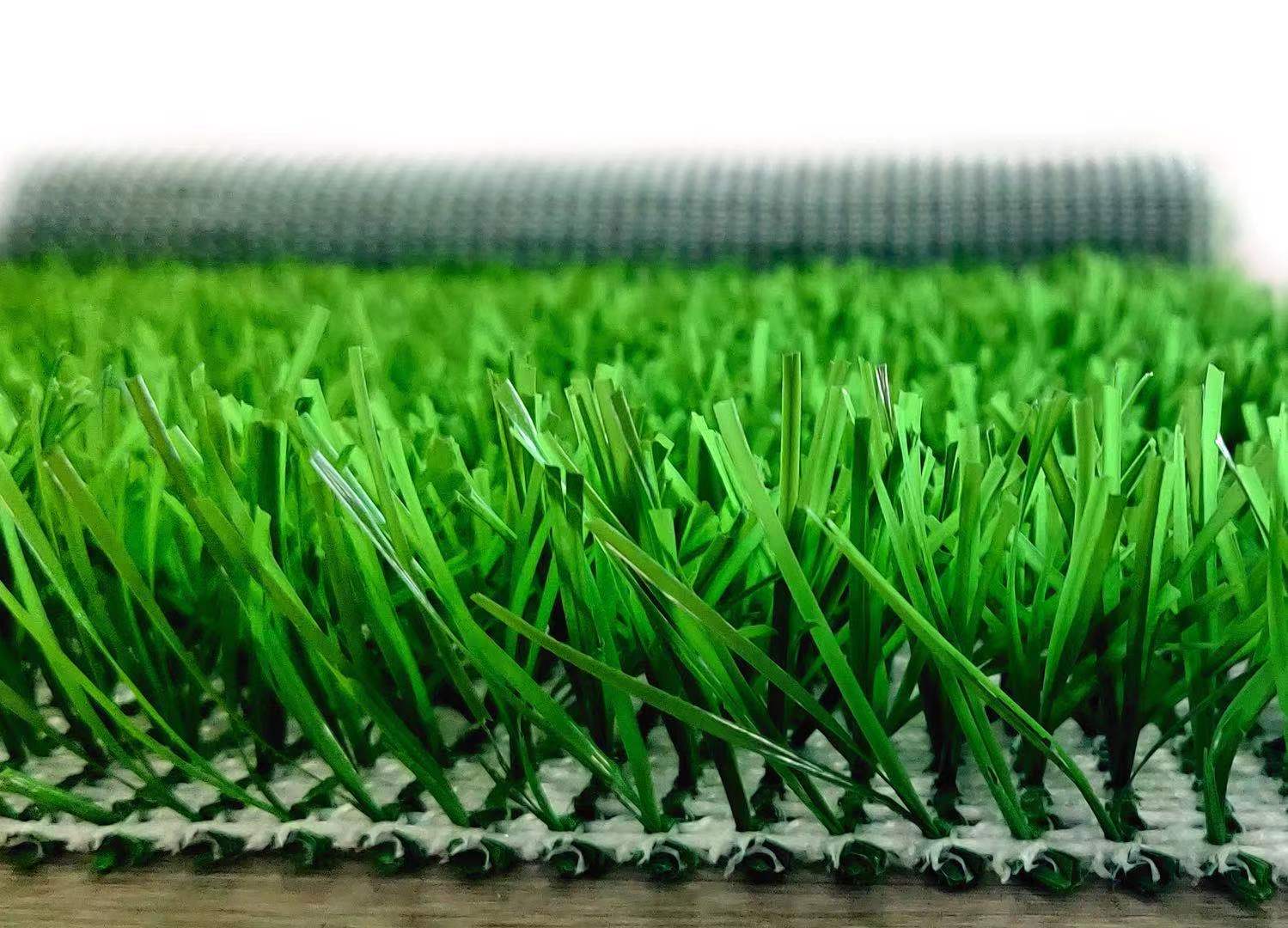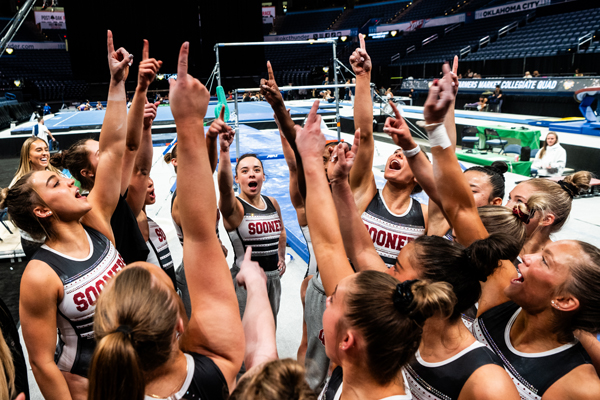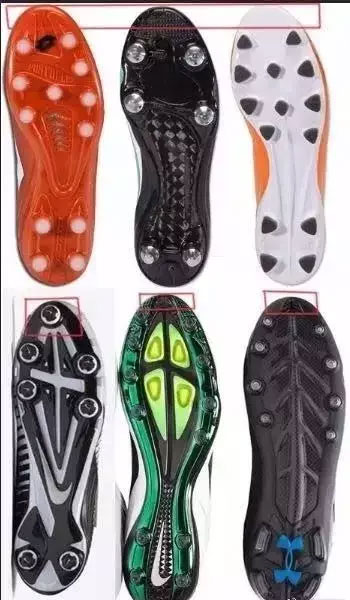Product
The difference between rugby shoes and soccer shoes
Basic Info
A pair of rugby sneakers suddenly appeared on Ronaldo's feet. Does Ronaldo want to try something new? The answer is no, this is because Ronaldo wants to complete this training with the highest intensity. As we all know, rugby shoes have more spikes than football shoes, and their biggest advantage is that they can stand firm in high-intensity confrontations to prevent slipping. This also reflects from the side that even for the team training matches, Cristiano Ronaldo is fully prepared and he will be in the best condition to adapt to the highest intensity training.
The NFL's biggest draw lately is undoubtedly My Cause My Cleats. This is an event that aims to use the sneakers on the players' feet to show their personality and promote themselves. Each player will design individual elements on his sneakers to show his own characteristics, or to promote the ideas or opinions he hopes to promote to the outside world.
The amateur rugby competition that has developed in the world has become quite popular. Many universities can also have their own rugby teams with their own equipment. However, due to the difficulty of purchasing equipment, a large number of players still choose Football shoes. For amateur games, football shoes are indeed enough to meet the needs of the game.
So here comes the question. For beginner rugby fans, there must be such a question:
What is the difference between rugby shoes and football shoes?
Rugby is divided into "Power Position" and "Skill Position". The two are completely different in terms of physical requirements, playing style requirements, and ability requirements, and the same is true when broken down.
Power positions are generally forward players. They do not have requirements for comprehensive flexibility. They prefer ankle support for lateral movement. Therefore, striker players choose high-top boots.
Skill positions, including quarterback, wide receiver, running back, defensive back, etc. Small, fast and flexible are the mainstream characteristics, so their requirements for flexibility are also relatively high. This type of shoes will mainly be mid-top. As for the more extreme low-tops, just as the Kobe series has led the low-top trend in basketball shoes, this wave of reform in rugby shoes has also led.
Rugby shoes also have midsole-less designs, but their midsole technology content is much higher than that of football shoes. From the earliest Cage Zoom into Michael Vick's signature shoes, to the use of Lunar midsoles that keep pace with the times.
As for the structure of the upper, rugby shoes and football shoes have also caught up with the fashion of woven uppers. Just now, Nike, the "socks guru", was not mentioned in the upper. Many readers may be surprised, but now he has appeared!
Nike has also used the popular Flyknit+Flywire combination on the Vapor Untouchable TD. It really amazed the world when it came out, but a little coating thickness may not provide support, and professional players didn't buy it very much. Taking advantage of the ebb of the FF configuration of basketball shoes, this combination is just a flash in the pan in football shoes.
The soles of rugby shoes are more complex and the spikes may be longer to facilitate acceleration and disguise. The uppers will also take safety more into consideration, especially the risk of being stepped on, which is a design factor that is easily overlooked in football. Rugby boots are also more specific in their functionality.
The amateur rugby competition that has developed in the world has become quite popular. Many universities can also have their own rugby teams with their own equipment. However, due to the difficulty of purchasing equipment, a large number of players still choose Football shoes. For amateur games, football shoes are indeed enough to meet the needs of the game.
So here comes the question. For beginner rugby fans, there must be such a question:
What is the difference between rugby shoes and football shoes?

Positioning nail
Since football and rugby pitches are indistinguishable except for small details such as goals and size, they can be shared. What's the difference? The difference lies in the arrangement of spikes on the outsole of the shoe - rugby shoes have one more "Toe Cleats" on the outsole than football shoes. The original purpose of this positioning nail is to provide a forward trend when running, and in football shoes, this will affect the quality of shooting and dribbling.Upper
In football, all positions, including goalkeepers, have consistent requirements for flexibility. Football is different. Therefore, football shoes are often low-cut to ensure ankle flexibility while reducing the weight of the shoes.Rugby is divided into "Power Position" and "Skill Position". The two are completely different in terms of physical requirements, playing style requirements, and ability requirements, and the same is true when broken down.
Power positions are generally forward players. They do not have requirements for comprehensive flexibility. They prefer ankle support for lateral movement. Therefore, striker players choose high-top boots.
Skill positions, including quarterback, wide receiver, running back, defensive back, etc. Small, fast and flexible are the mainstream characteristics, so their requirements for flexibility are also relatively high. This type of shoes will mainly be mid-top. As for the more extreme low-tops, just as the Kobe series has led the low-top trend in basketball shoes, this wave of reform in rugby shoes has also led.
Structure
There is no doubt that the structural design of both needs to meet the different weather needs of sunny, rainy and snowy. Soccer soles will be lighter and thinner overall. There is no midsole structure, which allows athletes to put their feet closer to the ground, which is what is known as "foot feel" or "ball feel". In recent years, even the "invasion" of Boost and Zoom technologies seems to be too much of a gimmick at present.Let’s review the picture of the sole↓
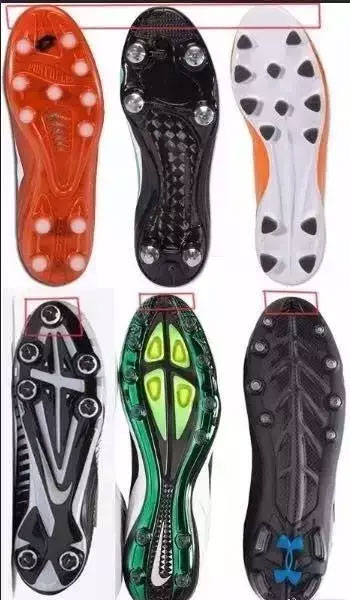
Rugby shoes also have midsole-less designs, but their midsole technology content is much higher than that of football shoes. From the earliest Cage Zoom into Michael Vick's signature shoes, to the use of Lunar midsoles that keep pace with the times.
Material
The material selection of the two uppers is very similar. The rugby shoes will slightly consider the torsion resistance, use more leather, and the outsole will turn up more.As for the structure of the upper, rugby shoes and football shoes have also caught up with the fashion of woven uppers. Just now, Nike, the "socks guru", was not mentioned in the upper. Many readers may be surprised, but now he has appeared!
Nike has also used the popular Flyknit+Flywire combination on the Vapor Untouchable TD. It really amazed the world when it came out, but a little coating thickness may not provide support, and professional players didn't buy it very much. Taking advantage of the ebb of the FF configuration of basketball shoes, this combination is just a flash in the pan in football shoes.
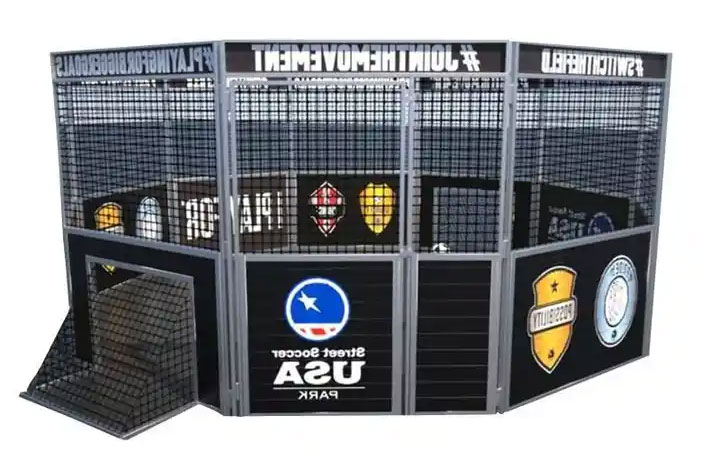
Conclusion
Football cleats are probably the most versatile cleats and can be used in football, baseball, and hockey. But the lack of "locating nails" is a major safety hazard. The biggest features of football shoes are their light weight and absolutely low top, which can provide good flexibility and field feel.The soles of rugby shoes are more complex and the spikes may be longer to facilitate acceleration and disguise. The uppers will also take safety more into consideration, especially the risk of being stepped on, which is a design factor that is easily overlooked in football. Rugby boots are also more specific in their functionality.
Can you tell me, a brother who has worn rugby boots and football boots?
More LDK football product recommendations:
Football Cage
Futsal Goals
Metal Football Goal
Aluminum Football Goal
Foldable Football Goal
Portable Football Goal
Mini Football Goal
Futsal Goals
Metal Football Goal
Aluminum Football Goal
Foldable Football Goal
Portable Football Goal
Mini Football Goal
LDK sports equipment manufacturer's promotion is in progress: Click to contact us now






